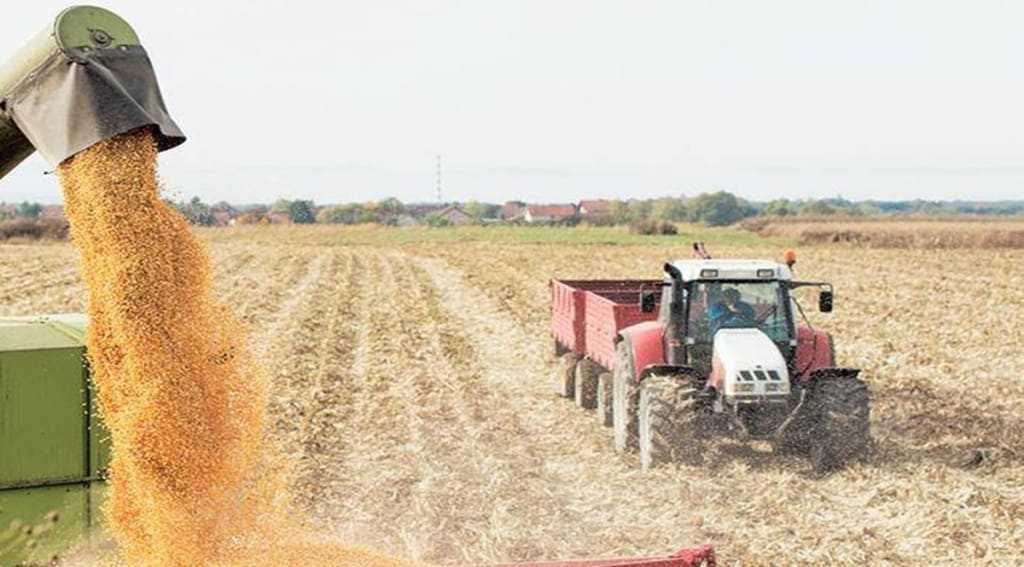At a time of considerable agrarian distress, the ruling NDA regime is stepping up data-driven targeted interventions to farmers who are direly in need of assistance. The National Bank of Agriculture and Rural Development’s (Nabard) farmer distress Index (FDI) is a step in this direction as farming has become increasingly unviable with the average size of land holdings getting smaller over time due to the pressure of population growth. The average farmer is now more of an agricultural labourer than cultivator as the share of wages was as high as 40% in average household monthly income, according to the National Statistical Office’s latest situation assessment of agricultural households report. The level of farmer indebtedness is also high. The FDI index helps in identifying the severity of distress in different parts of the country to enable the government and lending agencies to provide a combination of unconditional grants, crop loan restructuring, or even complete loan waivers. For instance, more than 60% of the ‘very high’ and ‘high’ distress small and marginal farmers did not get loan waiver benefits in the last many years as observed by an earlier Nabard study, according to a report in this newspaper.
Nabard’s FDI index seeks to integrate high frequency data on weather conditions, climatic conditions, debt burden on farmers, agricultural commodities and the market. It would measure variables such as monsoon rains, excessive rainfalls, drought and dry spells, variations in temperature and soil moisture, yield of major crops in each district, area under irrigation, depth of underground water, and unusual frost. Marketing opportunities available to the farmer, including minimum support price (MSP) support, will also be assessed. The database for this index will no doubt draw on the government’s foundational AgriStack that has been seeded with data from over 50 million farmers that it has been gathering since 2014, from existing schemes like PM Kisan Samman Yojana, Soil Health Card and PM Fasal Bima Yojana, and linked to land records available with state governments. Once this information is fed into a single database (including the FDI index), data analytics and AI can then be harnessed to identify differing levels of agrarian distress across different districts of the country, besides addressing challenges like plateauing yields, soil degradation, inadequate market infrastructure, volatile prices, post-harvest losses and wastage and better targeting of loan waivers.
While data-driven interventions are bound to be more effective, it is important to bear in mind that political-economy considerations have dictated loan waivers and other transfers to the more powerful large farmers. The fact that sugarcane farmers from Maharashtra and western UP received benefits of loan waivers, even though they possessed irrigated land and enjoyed price support, in contrast to the relative neglect of small and marginal farmers with largely non-irrigated lands who grow lower-value crops, especially those which are not procured by the government, exemplify these larger considerations. This reality may not change with a FDI index.
Nabard’s efforts must be supplemented with higher investments not just in crop cultivation but also livestock and fishing which are growing in relative importance. There is the need for crop diversification from staple cereals to high-value crops that can boost farmer incomes manifold. The big challenge for government policy is to build more irrigation facilities to reduce monsoon-dependence due to the higher frequency of extremely heavy as well as poor rainfall events. Reforms are needed to unleash productive forces in agriculture to address the challenge of distress stalking the countryside. The FDI index is a welcome addition to help the government to not only monitor farmer distress but also roll-out mitigation measures more holistically.

